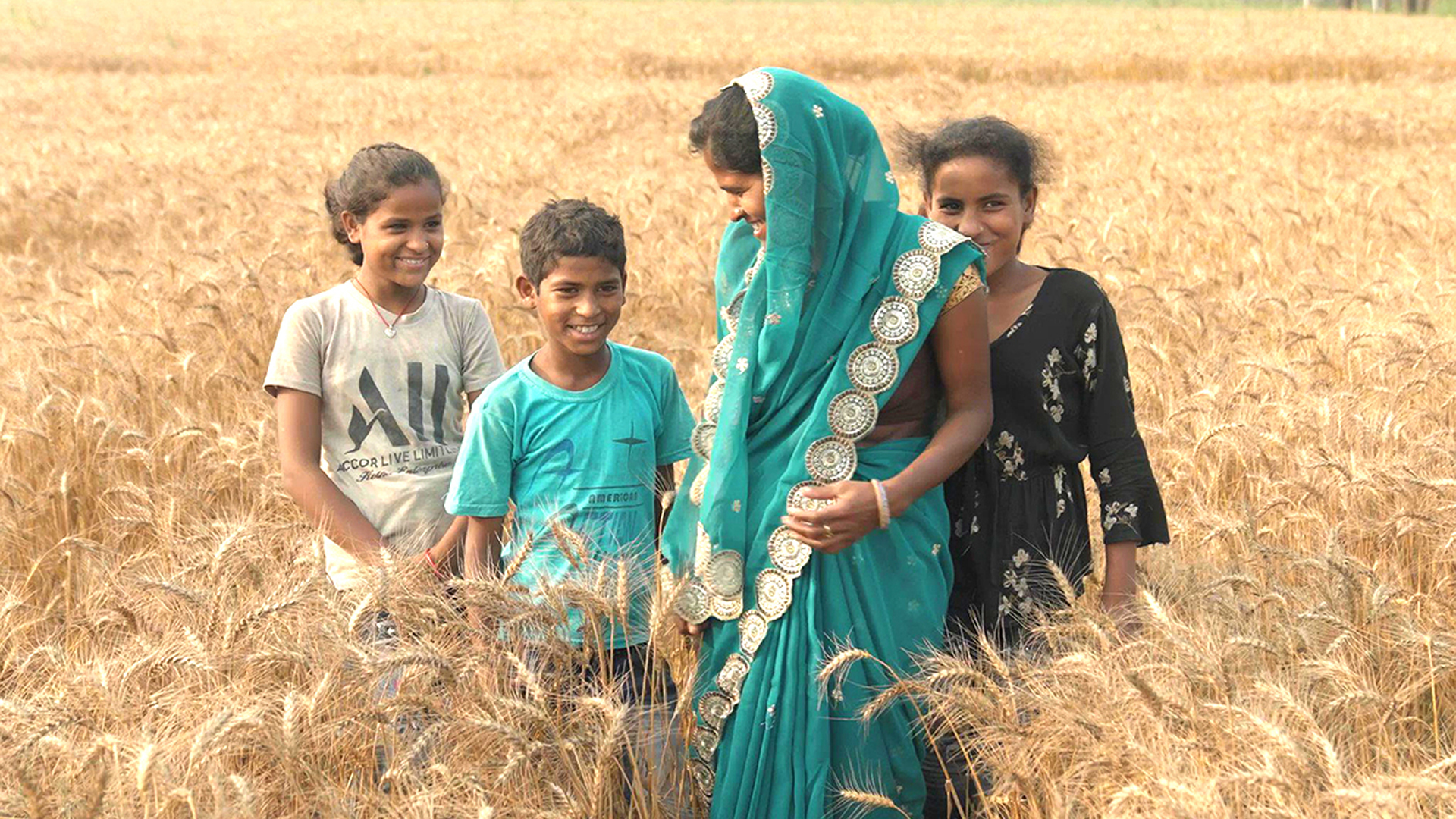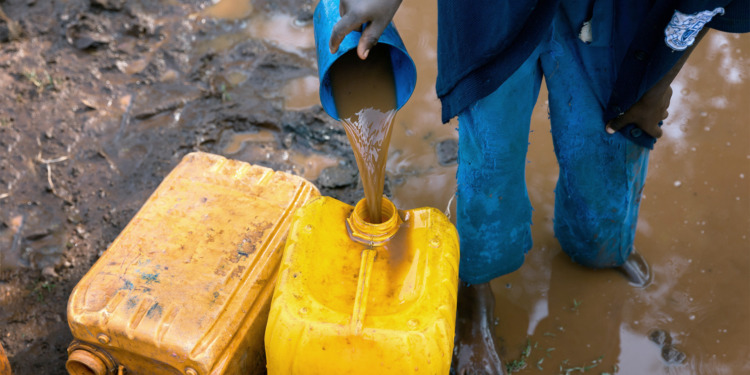It’s 2023 — cars operate without petroleum, 90% of the world’s population has a cell phone, we don’t have to be astronauts to visit space, and the metaverse might be here… but, we have an issue with our progress. By “we,” I mean everyone on earth, and by “issue,” I mean we’ve yet to solve one of the world’s most critical challenges — global access to safe water.
It’s 2023 and one in ten people on our planet still don’t have access to the safe water they need.
Imagine your life without it
Imagine if in your neighborhood or apartment complex, every tenth household had no water to drink, cook, bathe, or do laundry… imagine if you were the tenth home. Like it dominates the lives of more than 771 million people in the world, the mortal need to survive would dictate every moment of your life, too.
Rather than experience the freedom to work, go to school, or even rest, you’d have no choice but to submit to your reality by spending hours of every day finding and collecting water. And if you don’t get hurt or die trying to find that water, the water you do collect and bring home could be contaminated enough to kill you and your family.
This is because when water isn’t present at home, and a family can’t afford to purchase it from a vendor, often their only option is to drink water they find in ponds or rivers. A quick scoop of such water can indicate, even to the naked eye, it’s likely not safe to drink. But, when primal instinct says water is necessary for survival, you consume whatever you can find — even if it could make you sick.
Taking that risk costs the lives of nearly one million people every year and, of them, thousands are kids. In two minutes from now a child will die from a water-related disease, and two minutes after that, another. And, even if unsafe water doesn’t take their lives, the lack of water or a toilet at home can rob women and girls of their safety.

The reality of the issue
Today, women will spend a collective 266 million hours finding a place to relieve themselves in the open because, like water, millions of families living in poverty lack access to a private toilet at home. On top of time spent searching for safe places to go, women and their children will spend more than 200 million hours collecting the water their families need to survive.
Systemic issues of inequality and inequity endured for generations by communities around the world — these activities are undoubtedly unfair and unsafe. While collecting water or defecating outdoors, women are vulnerable to attacks or rape. In fact, women who defecate in the open are twice as likely to experience non-partner sexual violence as women with a toilet at home.
Related Articles: Small Loans for Safe Water: Unleashing Women’s Power | Thanks, Mom, for the Gift of Water | African Cities Receive New Funding to Tackle Water Crisis | World Water Week: UN Warns Global Water Supplies at Risk
While documenting the work of Water.org across Africa, Asia, and Latin America, I’ve met with dozens of women like Anita, whose teen daughters’ safety and health were constantly in jeopardy because they lacked water and a toilet at home.
Anita lives in India where 15% of the population has no choice but to defecate in the open. Anita shared that not only was the lack of a private toilet a health issue, when her girls had their menses, they were scared to go in the open for their sanitary needs. Anita relayed their repeated concern, “Mummy, it’s all open… there are men all around… where will we go?” She explained that it is known when women and girls are in vulnerable positions, they are often ridiculed and attacked in the fields.

You can help
Right now, the United Nations and its supporting constituents are working to bring awareness and resolution to the issue. Despite their efforts, the hope of the UN-defined Sustainable Development Goal 6, safe water and improved sanitation for all, feels out of reach.
It will cost approximately $114 billion a year between now and 2030 to end the water crisis, but the world is not on track to reach this goal. This is where Water.org comes in. We have a financial solution that addresses the gap in funding. Through access to small, affordable loans, we can help empower millions in need with safe water and sanitation. Just like the people we serve play a role in solving their own water crisis, you also play an important role in making this possible.
Your donations are a catalyst to help make safe water and sanitation possible for all. When you donate to Water.org, here’s what happens…
- People in need get access to small, affordable loans that enable them to purchase and construct a tap or toilet in their homes using local resources to do the work.
- Every repaid loan can be lent to another family in need of safe water or sanitation.
The repayment rates on small loans for water or sanitation solutions are 99% globally, and every repaid loan means another family can get safe water or a toilet at home. It’s a cycle that continues to reach more people, creating new opportunities for families in need around the world.
It’s 2023 and good news – progress is possible, and it can happen fast.
While more than 51 million lives have been changed through this approach, there’s more to be done and your donations to Water.org will help. Together we can increase access to small loans for families in poverty around the world, helping them fund the safe water and sanitation solutions they desperately need to survive and thrive.
Editor’s Note: The opinions expressed here by the authors are their own, not those of Impakter.com — In the Featured Photo: Collecting water during a crisis. Nearly 1 million people die each year from water, sanitation and hygiene-related diseases which could be reduced with access to safe water or sanitation. Featured Photo Credit: Water.org










